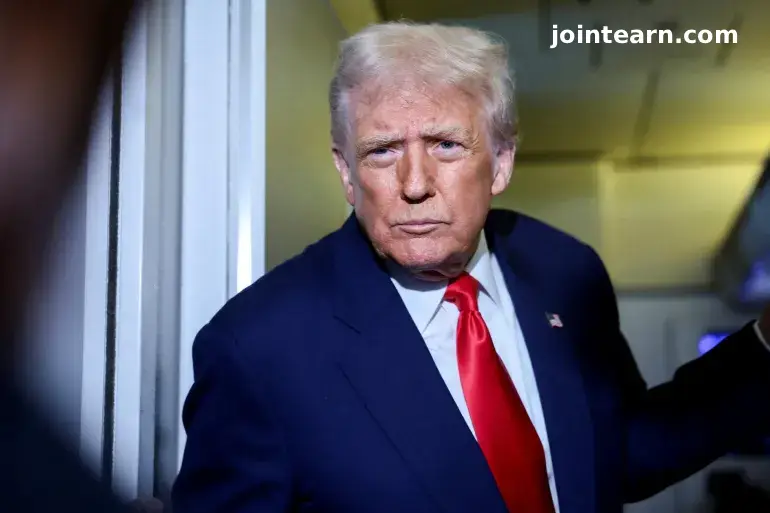
US President Donald Trump has called on the Senate to take bold action to end the ongoing federal government shutdown by voting to eliminate the filibuster, a longstanding legislative procedure. The shutdown, which began on October 1, 2025, has now entered its 31st day, making it one of the longest in US history.
Trump Pushes the “Nuclear Option”
In a post on his Truth Social platform, President Trump criticized what he called “Crazed Lunatics” in the Democratic Party and urged Republicans to use the so-called Nuclear Option.
“It is now time for the Republicans to play their ‘TRUMP CARD’ and go for what is called the Nuclear Option – Get rid of the Filibuster, and get rid of it, NOW!” he wrote.
“WE are in power, and if we did what we should be doing [end the filibuster], it would IMMEDIATELY end this ridiculous, Country destroying ‘SHUT DOWN’.”
The filibuster is a Senate tactic that allows a minority of lawmakers to extend debate indefinitely and block legislation unless 60 of the chamber’s 100 members vote to overcome it. Currently, Republicans hold a 53-47 majority in the Senate, which would allow them to change filibuster rules by a simple majority vote.
Deadlock Over Government Funding
Since the start of the new fiscal year on October 1, Senate Democrats have blocked bills to extend funding for federal agencies. Democrats have demanded that Republicans reverse planned Medicaid cuts, protect health coverage for low-income Americans, and prevent increases in health insurance premiums.
The shutdown has left federal employees without pay, even as essential workers, including air traffic controllers and public safety personnel, continue to work. On October 29, US air traffic controllers were notified they would not receive their paychecks for the month, raising concerns about financial stress and safety amid ongoing operations.
Economic Consequences of the Shutdown
The nonpartisan Congressional Budget Office (CBO) has projected that the shutdown could cost the US economy between $7 billion and $14 billion, impacting government services, federal contractors, and millions of Americans reliant on government assistance.
Trump, who recently returned from a tour of Asia—including stops in Qatar, Malaysia, Japan, and South Korea, where he met Chinese President Xi Jinping—said that conversations during his trip prompted him to reconsider the filibuster issue. He questioned why Democrats could shut down the government and why Republicans allowed it to happen.
“The one question that kept coming up, however, was how did the Democrats SHUT DOWN the United States of America, and why did the powerful Republicans allow them to do it?” Trump wrote.
“The fact is, in flying back, I thought a great deal about that question, WHY?”
He further argued that if Democrats regain power, they would likely move to eliminate the filibuster on their first day in office, highlighting the partisan stakes of the ongoing debate.
Looking Ahead
With the shutdown continuing, millions of Americans face uncertainty, from unpaid federal employees to families depending on social services. Trump’s push to eliminate the filibuster raises the stakes for both parties, emphasizing the urgent need for legislative solutions to restore government functions and protect critical programs.
Political analysts suggest that any move to scrap the filibuster, while legally possible, would further deepen political polarization. Yet, for Trump and his supporters, it is a strategic tool to assert Republican control and end a shutdown they describe as “country-destroying.”


Leave a Reply